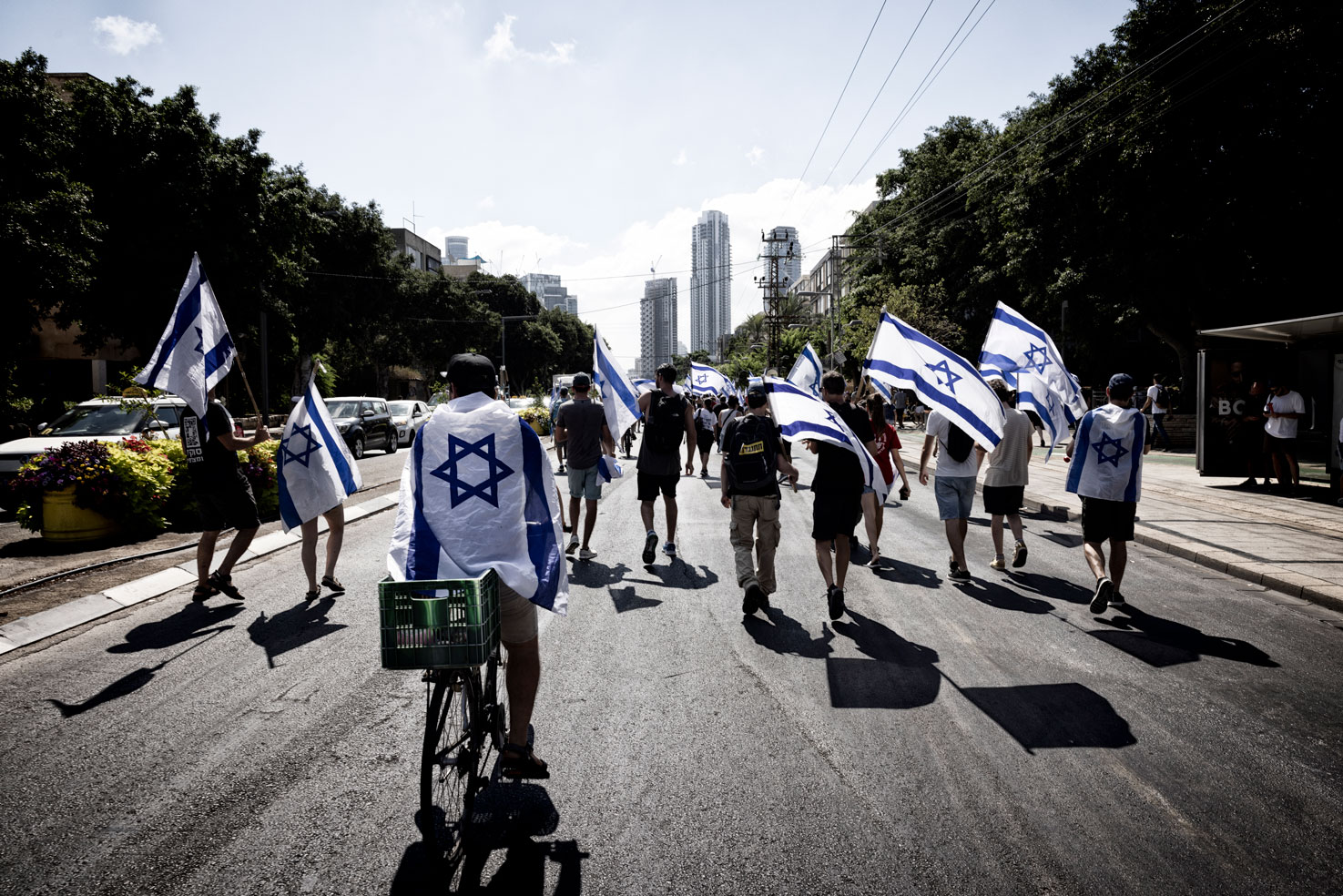Listen to this story
Editor’s Note: A condensed version of this story was published online in March 2023. Below is a slightly modified version of the full story as it appeared in print in our spring 2023 issue.
Consider this stance: The Religious Zionist bloc, which, in agreeing to be part of the new Israeli government last December has helped Benjamin Netanyahu cling to power as prime minister, is, along with the Likud and the ultra-Orthodox parties in the coalition, just a crew of Bible-thumping fundamentalists and hardcore racists in open rebellion against the modern world, wielding two of the most destructive forces known to man: religion and nationalism. There comes a time when secular liberals, peaceful and pluralist though we may be, must fight hard, and that time is now.
Does that make you feel better? It shouldn’t. Nearly everything I’ve just stated is self-defeating and wrong.
The remarkable recent successful efforts by the Religious Zionists and the ultra-Orthodox parties to gain inclusion in the government are, like all politics, not only about money and power but also about personalities, principles and passions. Today’s Religious Zionist party, like other illiberal movements around the world, has seized on the global failure of post-Cold War liberalism to answer many basic questions, not only of resources and power but also of purpose and meaning. Liberals around the world regularly and blithely assume that their worldview is transparent and is modernity’s only reasonable option, yet Religious Zionism has emerged out of the same historical cauldron that yielded modernity, the nation-state and, yes, liberalism as well. Create a free account to continue reading Already a New Lines member? Log in here Create an account to access exclusive content.



